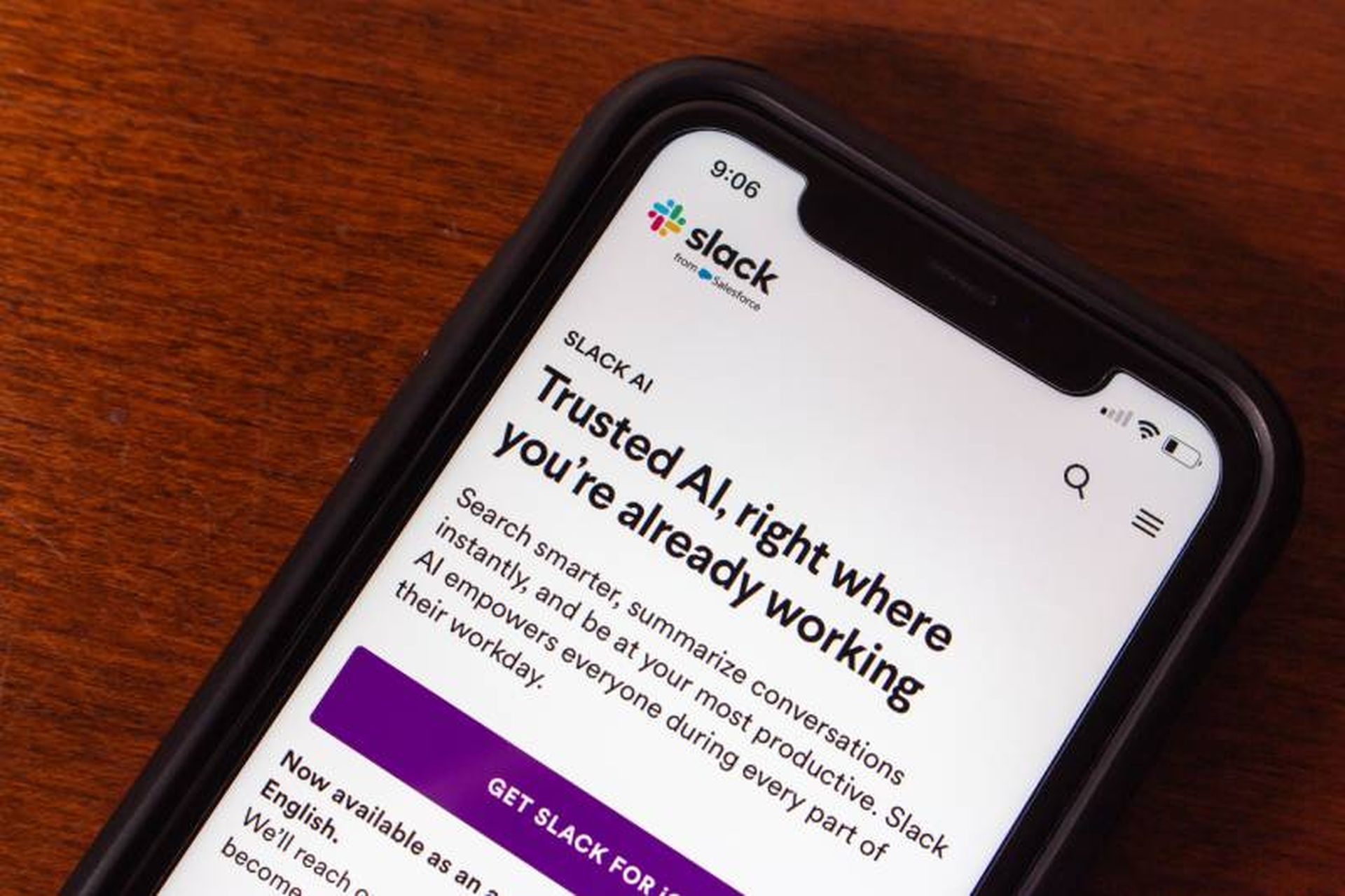Always questioning why access is needed is a terrific mindset to have for Zero Trust. Unfortunately, without the right solution, this mindset can quickly become burdensome. As the world has moved to a cloud-based business environment, keeping track of who has access to applications and information has become increasingly complex.
Supporting Zero Trust requires companies to solve the security and governance challenges introduced by multi-cloud and hybrid environments. For example, companies with resources spread across multiple cloud providers are more vulnerable to toxic permission risks.
Converged Identity Platforms (CIPs) solve for the shortcomings associated with security programs built with point solutions and software suites. Those latter solutions often leave gaps in identity and application visibility. They also mean administrators use separate management consoles to patch together a full view of the threat landscape, leveraging manual and time-consuming processes to identify current and potential risks associated with over-provisioned access. CIPs are able to provide complete visibility of all identities (human and machine) regardless of environment (on-premises, multi-cloud, and hybrid).
Centralized security program management
Unlike patched-together point solutions, converged identity platforms centralize identity management and governance with functionality that shares underlying processes. By bridging identity and application access governance with privileged access management, companies can better right size access, unify controls, and improve risk management for every identity, application, and cloud, creating a risk-based and cohesive identity security program.
CIPs allow security leaders to centralize information and map identities and permissions back to compliance controls. Then, they can apply these throughout their security program through unified processes.
Eliminating standing privileges
With centralized management and use of AI and machine learning, CIPs allow organizations to embrace “one identity for life.” While simplifying overall management, merging duplicate identities helps companies see exactly what users have access to as well as more quickly identify risky access and behavior across multi-cloud and hybrid environments. One identity for life also makes it easier to identify excessive privileges before they happen, by correlating risk during access requests and onboarding.
Centralized management also allows organizations to implement cross-application Segregation of Duty (SoD) controls. Point solutions simply aren’t able to provide the visibility across different applications and environments needed to identify and remediate violations.
Security administrators can also bring contextual (e.g. – peer scoring or role permissions) and device information, user behavior, and analytics into access request processes.
The result is a stronger identity security program that allows organizations to better identify, manage, and remediate standing privileges while maintaining continuous compliance throughout the enterprise.
Examples of how Converged Platforms Support Zero Trust
- Support one identity for life
- Cross-application Segregation of Duty (SoD) management
- Identification of anomalous activity and excessive privileges
- Centralized program management
- Just-in-time privileged access with monitoring
- Automation for risk-based preventative and recommendation actions
You can enable Zero Trust through a coordinated effort to provide minimal, as-needed access for employees, third-parties, and machines. Tools such as CIPs are flexible and extensible enough to meet constantly changing IT infrastructures, user demands, and threats in support of Zero Trust.




